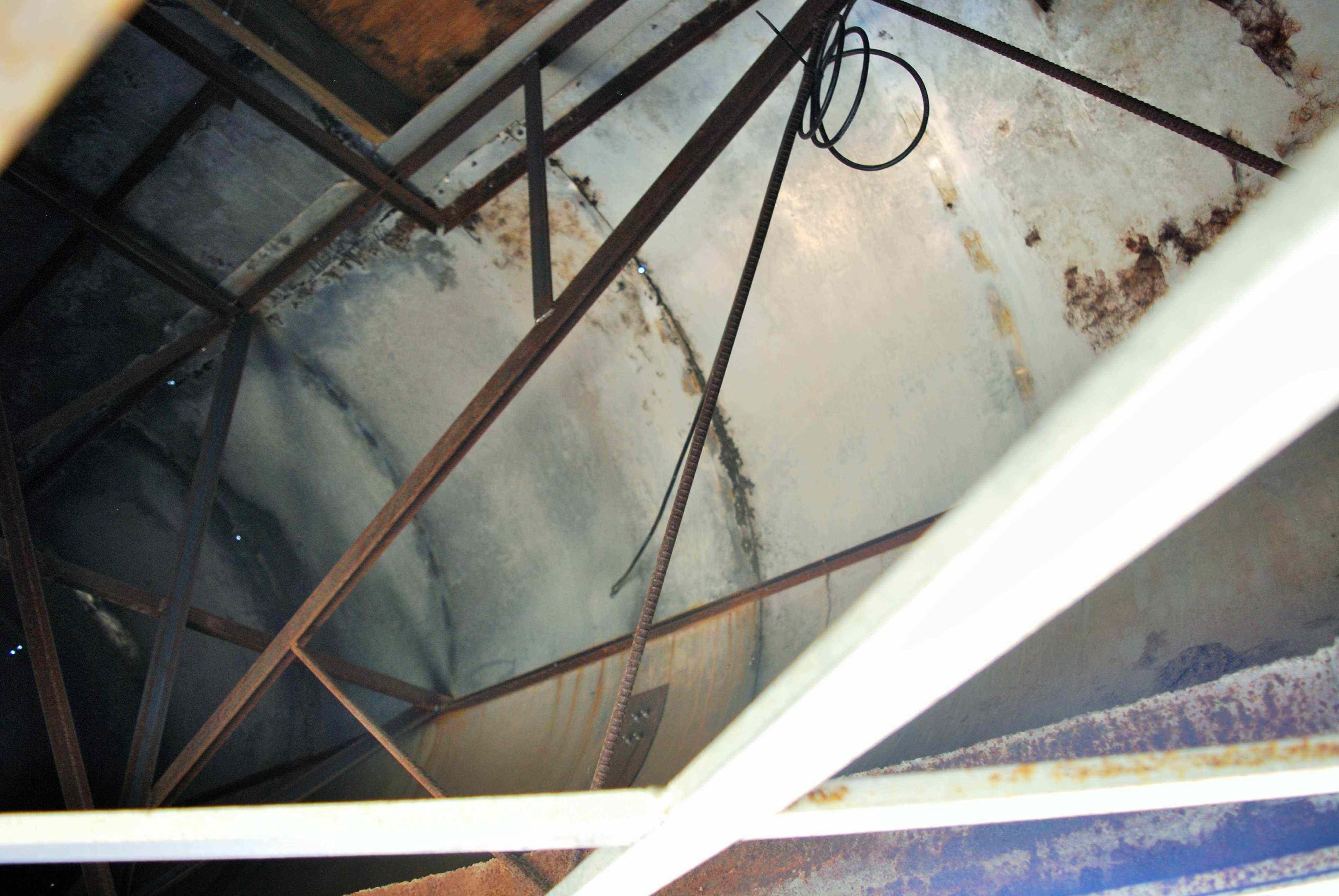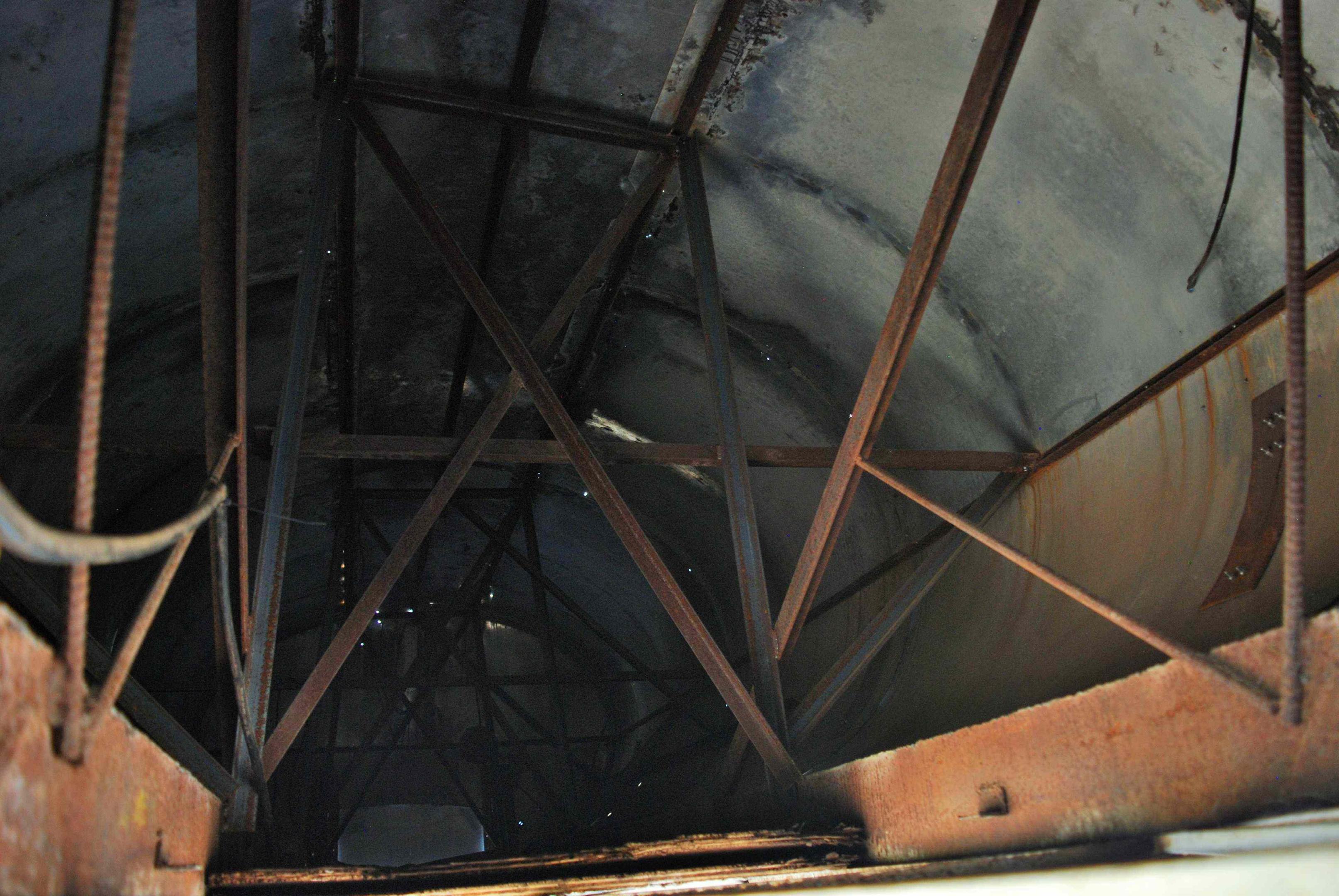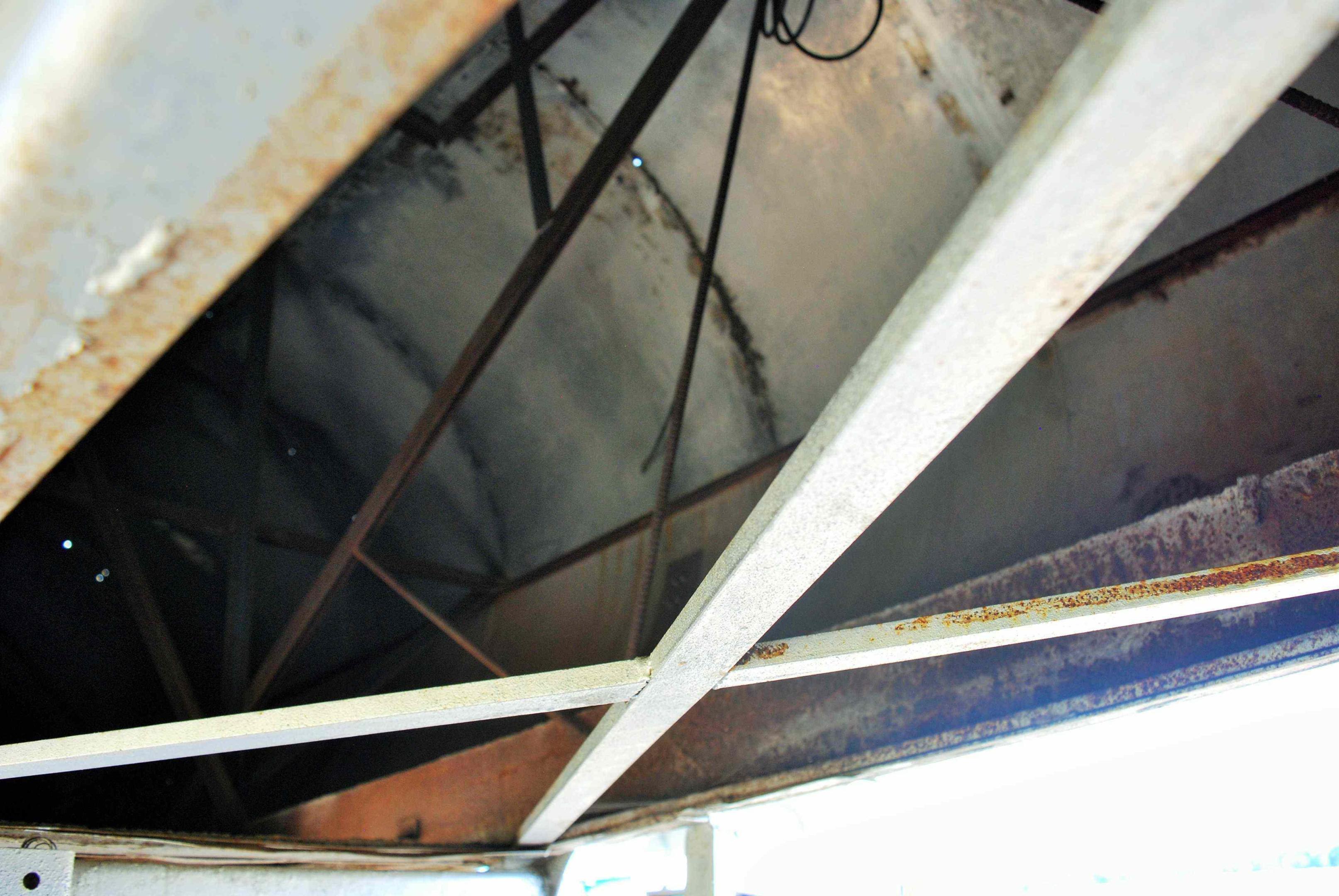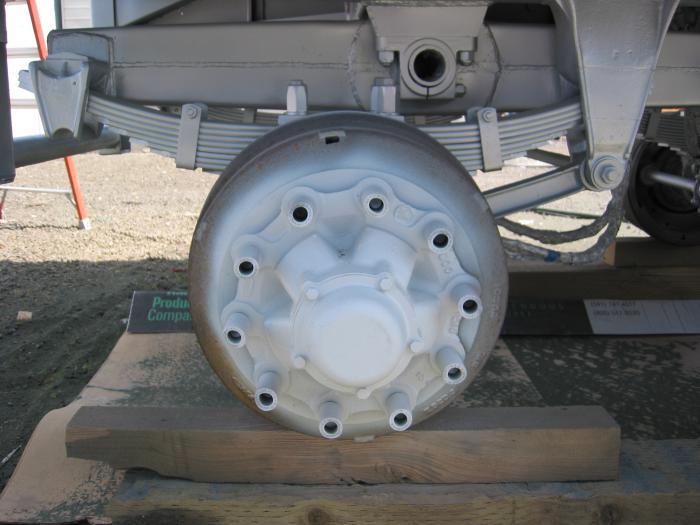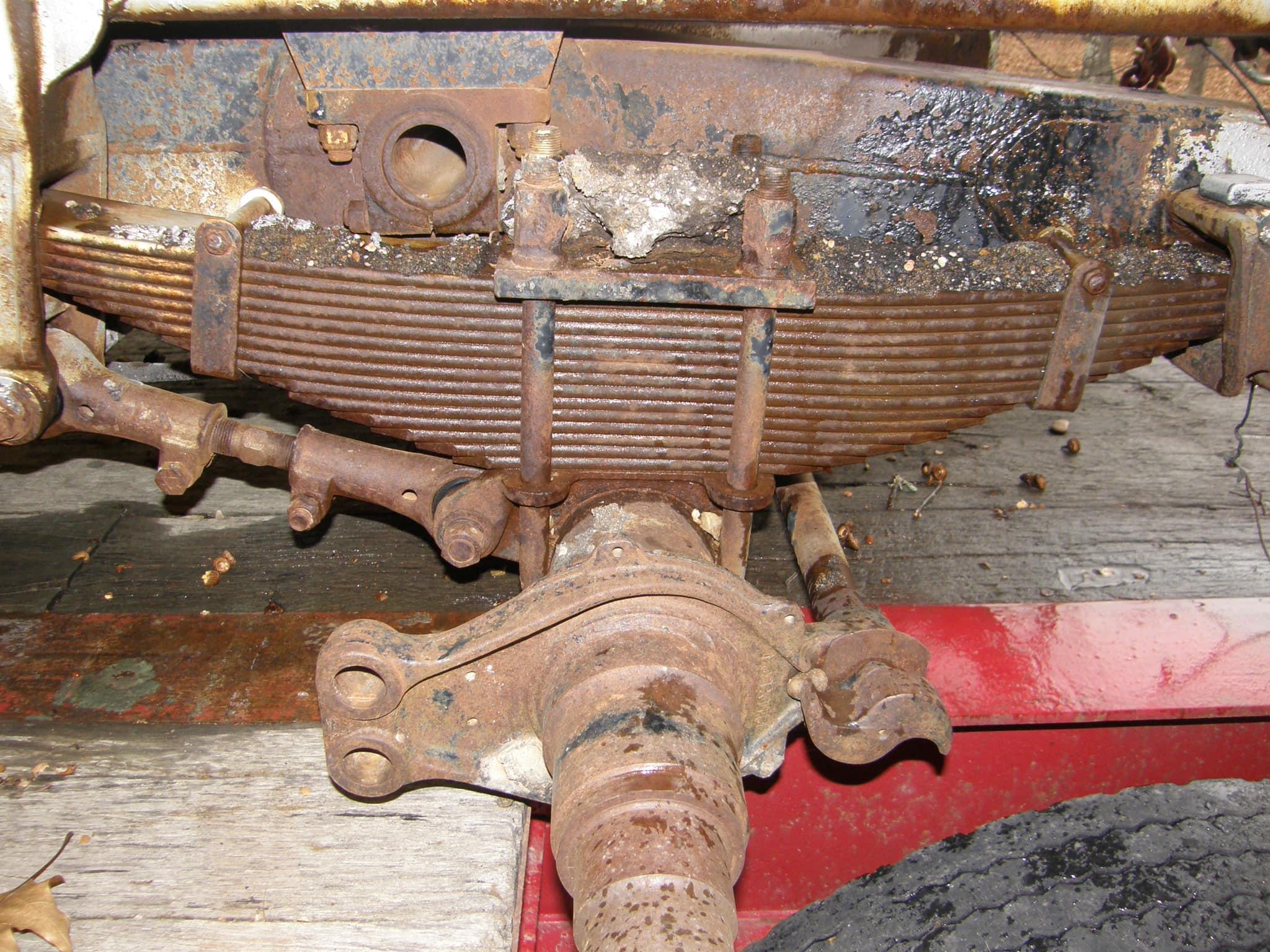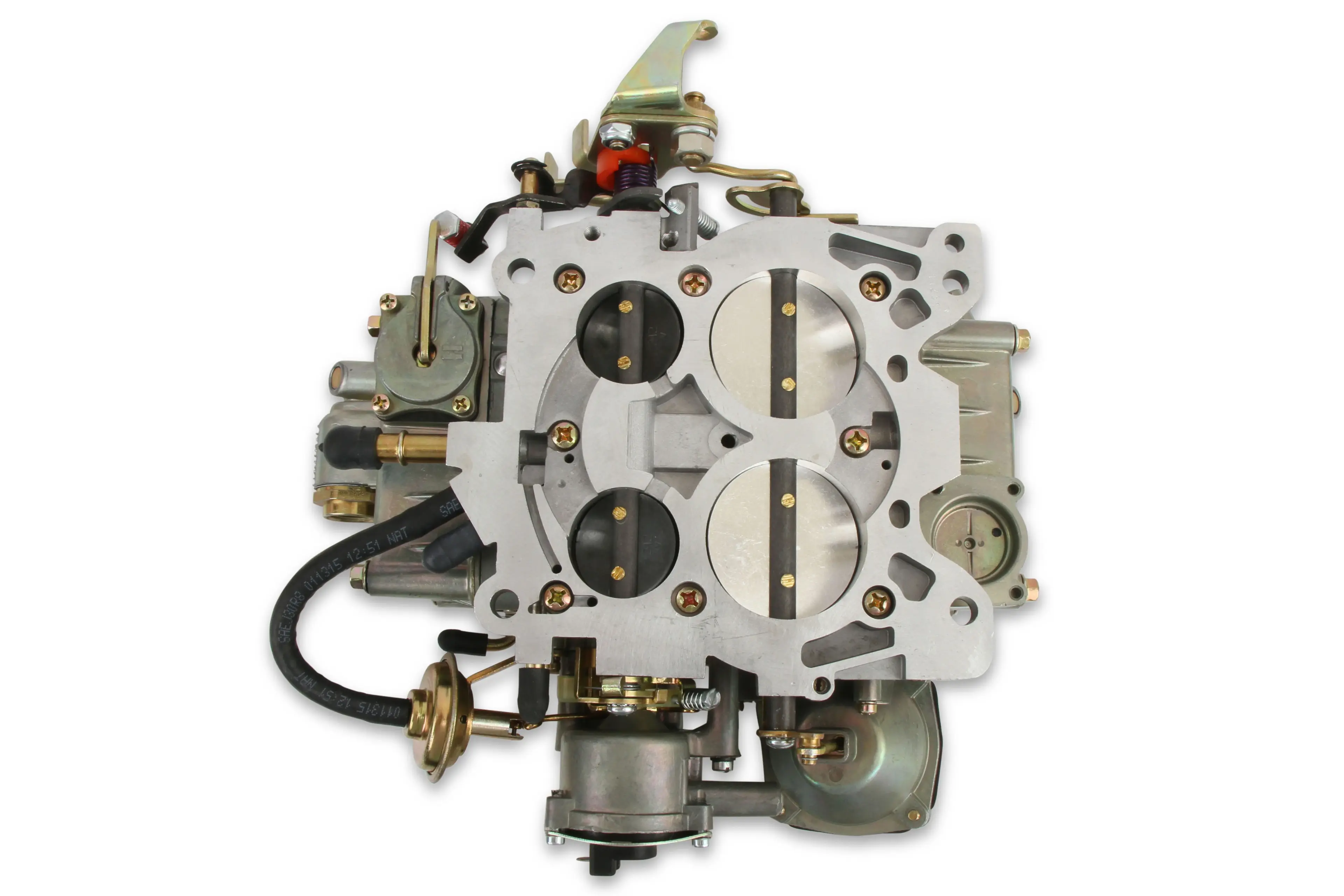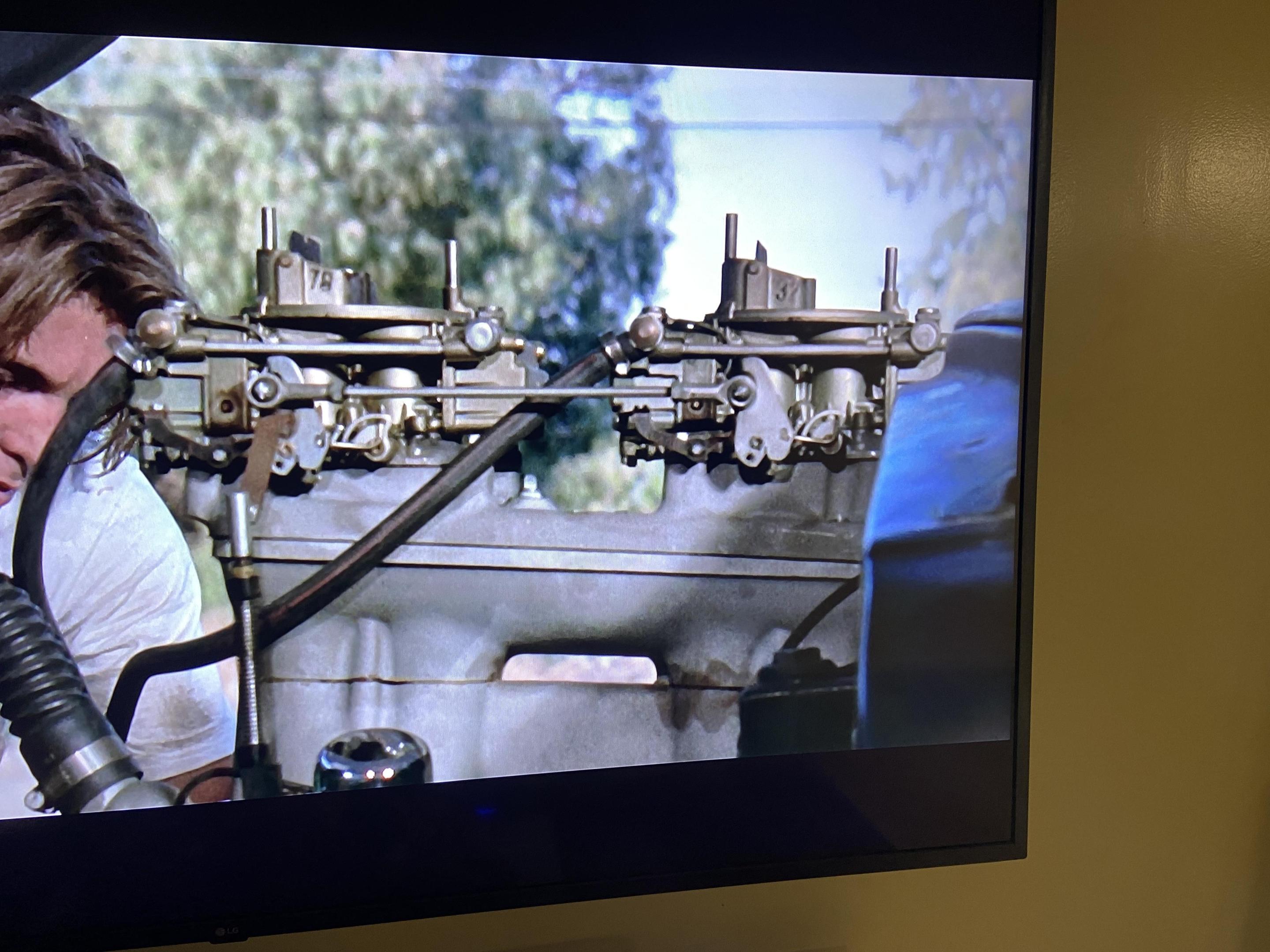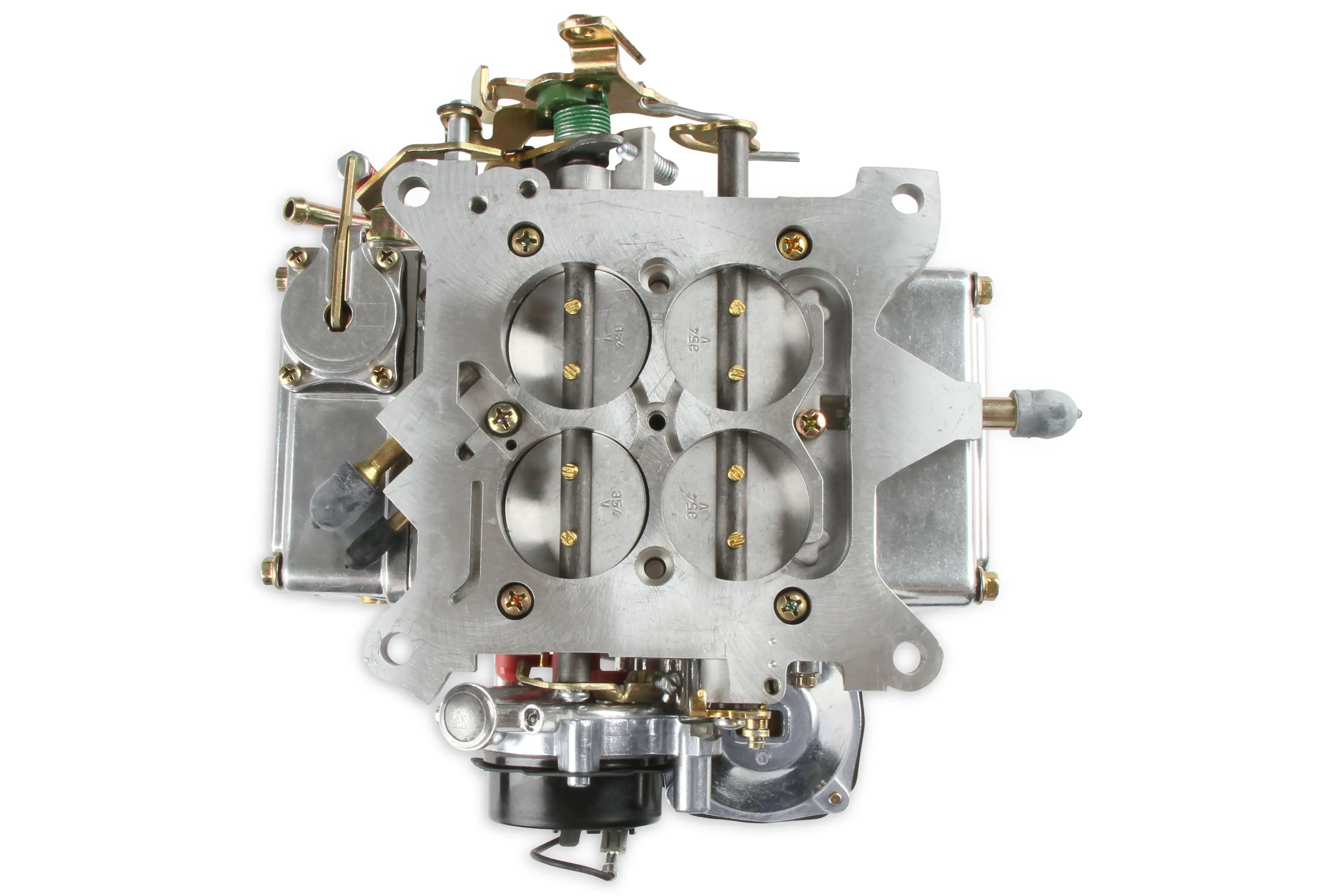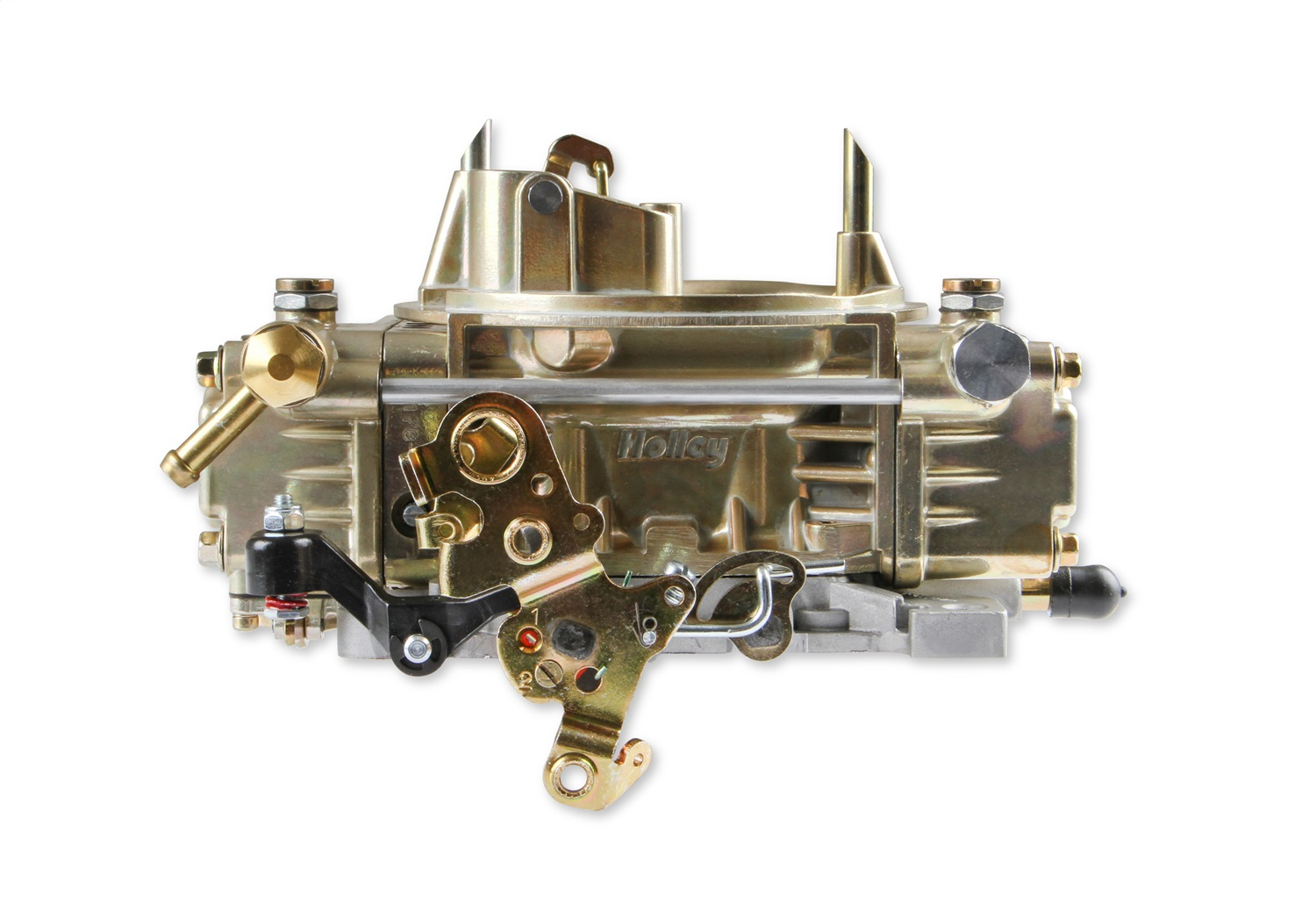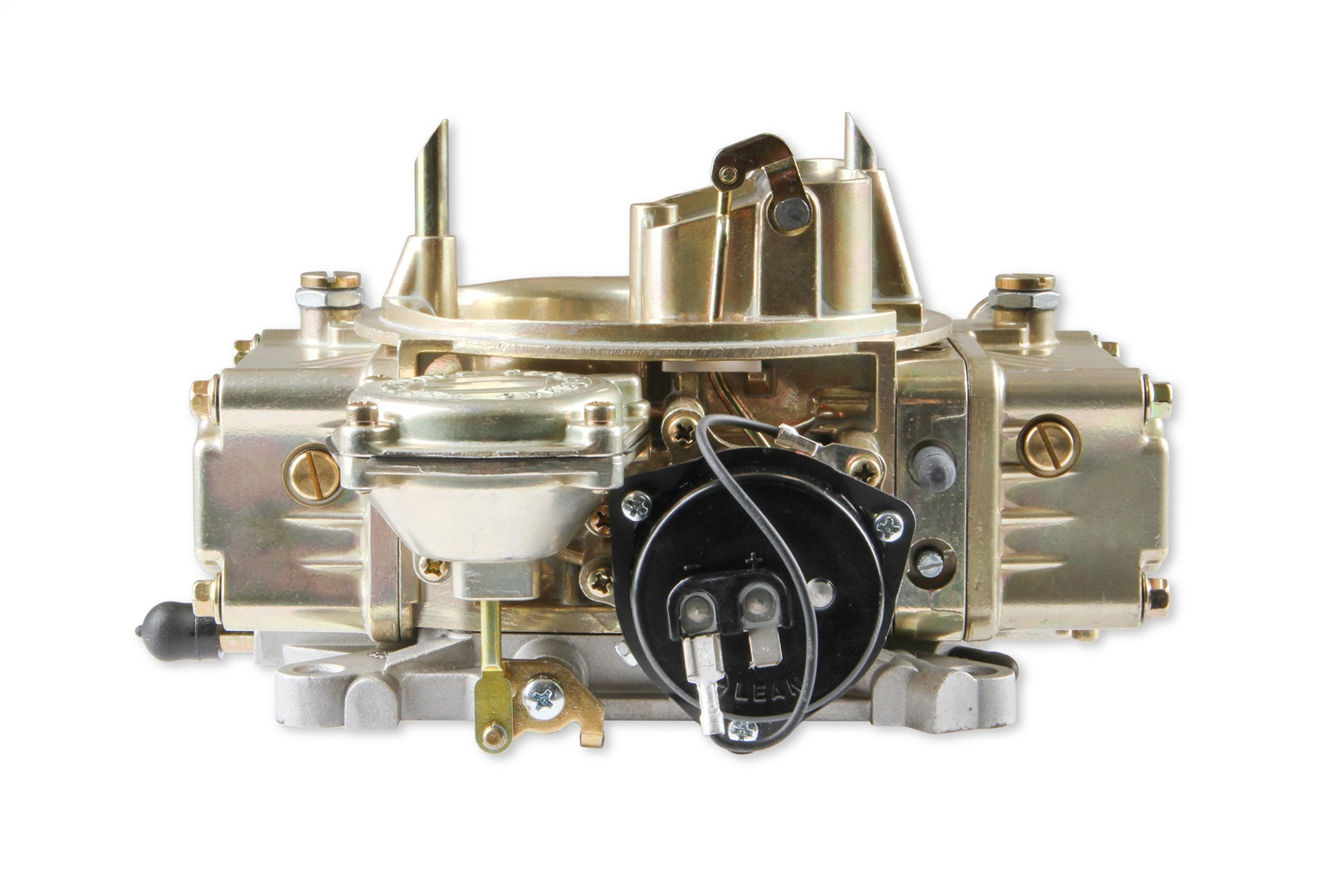-
Posts
4,562 -
Joined
-
Last visited
Content Type
Profiles
Forums
Events
Gallery
Everything posted by Force
-
Don't worry about it. I just thought you might get more attention if it was in the car section.
-
Well you posted a wish for model car resin/3D parts in the Truck Aftermarket/Resin/3D section...so it's really not in the right place.
-
Wrong section.
-

Convoy Rubber Duck Trailer
Force replied to Warren D's topic in Model Trucks: Big Rigs and Heavy Equipment
Yes this is the inside of one of the two movie trailers used and the one restored and with us today. They cut out the inner steel tank and left the outer aluminum skin braced with angle iron, the trailer was originally an insulated asphalt/bitumen trailer used to transport hot bitumen to asphalt plants. Another interesting thing is that they had Fruehauf Albuquerque mud flaps clearly visible on one trailer...the trailer is in fact a Trailmobile, not a Fruehauf. -

American Graffiti Cars
Force replied to bluestringer's topic in General Automotive Talk (Trucks and Cars)
Richard Ruth built three cars for Two Lane Blacktop, two were identical (except for the engine) and one stunt car, and as far as I know two are still with us, the one converted to Bob Falfas car in American Grafitti wich had the 427 L88 and was used for outside shots in TLB, and the one used for interior shots in TLB wich is restored back to former TLB glory some years back with all correct parts and Ruth built a new front end with axle and all, Ruth even built a new set of correct looking headers for it, these parts had disappeared over the years. The rear axles in the cars was 4:88 geared 1957 Oldsmobile/Pontiac axles wich was about the strongest available at the time, but they appearently broke anyway. I have the whole story and buildup pictures from the restoration of this car and here is a picure when it was done. The missing car is the stunt car with separate rear brakes Ruth built for the planned crash scene in Two Lane Blacktop but it was never used as they did a different end for that movie where the film burns up, but it was used in American Grafitti crash scene. -

Rubber Duck Tank Trailer
Force replied to Warren D's topic in WIP: Model Trucks: Big Rigs and Heavy Equipment
If you are picky the suspension is wrong. This trailer is a Trailmobile asfalt/bitumen trailer and had Trailmobile's own suspension with triangular "walking beams" connecting the rear part of the leaf spring packs on both axles. -

Mack DM800 refurnish
Force replied to Jürgen M.'s topic in WIP: Model Trucks: Big Rigs and Heavy Equipment
No this is the DM 800 so that's correct. MPC and later ERTL did both the DM 800 and DM 600 and the kits shares some of the parts like the cab, front and rear suspension, wheels and some other stuff. -

1/12 Trumpeter GT40 Kensar style
Force replied to kensar's topic in Other Racing: Road Racing, Salt Flat Racers
It came out very nice Ken. This kit had the opportunity to be a great kit but the Chinese did not bother to research enough and do their homework so it's wrong in many places, but you did a good job of rectifying most of the faults. -

Western Star 4900 FA plow truck
Force replied to BK9300's topic in WIP: Model Trucks: Big Rigs and Heavy Equipment
Very nice progress. -

Mack DM800 refurnish
Force replied to Jürgen M.'s topic in WIP: Model Trucks: Big Rigs and Heavy Equipment
Interesting. For information, this kit, the DM 600, the gravel trailer and the Rex concrete mixer body was developed by MPC wich put out the first kits in 1971-72, and they later sold the molds to ERTL, so it's not a ERTL developed kit. -
Very nice.
-
The 4175 is a spread bore like a Quadrajet and it's not considered to be a performance carburetor, the fuel line doesn't connect at the same place on the 4175 as it does on the 4160. Here is the bottom view of a 4175 with different sized venturi ports, the primary wich are much smaller than the secondarys, so it's more like a fuel mileage carburetor with possibillity to get up and go when you floor it. But I have never seen a couple of spreadbores paried up on a dual carburetor intake manifold and it has a different bolt pattern than the 4150 and 4160 wich both have the same bolt pattern. And the bottom view of a 4160 where the venturi ports are the same size. And these doesn't look like spreadbores to me as both venturis looks to be the same size, so they are most likely 4160's, and pair up two 600 cfm 4160's are and were not that uncommon even back in the day.
-
I hope you don't mind my comment but since the carburetors are such a prominent feature on this cars engine and on most race cars they have to look good in my opinion, and most kit supplied carburetors has much to desire in that department with a few exceptions, some are very bad and blob like and some has not much detail, that's allright and can work on a model with aircleaners where you don't see much of the carbutretor. But when the first thing you see on the engine is the bare carburetors they have to be detailed for the right look and it lifts the model to another level if they are and your nice model of this car deserves to have good looking carburetors. It looks like the carburetors in your screen shots are Holley 4160 series carburetors wich has only one metering block where you can change the main jets, the jets for the secondarys are fixed and there are no metering block on that side, it has vacuum operated secondarys and an electric choke...they can maybe be 600 cfm's. Most of the 4160 model carburetors have side hung floats and a hard feed line between the bowls so they are easy to pick out The one in your last picture is a 4150 series, the dual metering blocks are the giveaway, the float bowls with center hung floats are also different and there is no hard line between the float bowls, so it's a different model from the ones used in the movie. Here is a 4160 series carburetor with vacuum secondarys and electric choke similar to the carburetors used on the movie car. Texas 3D Customs has nice 3D printed 4160 carburetors with the right look. https://tx3dcustoms.com/products/holley-465-4bbl Fireball Modelworks also have the 4160 style and they are also nice. https://www.fireballmodels.info/fmr-094.html
-
Very very nice. The only things I would change is the carburetors to some more detailed ones from either Texas 3D Customs or Fireball Modelworks as they are so prominent, and maybe the rear slicks...othrerwise it's perfect.
-
The chassis is made by Logghe Stamping Co, not unusual back in the day before they changed to the more modern style and can be found in several old funny car kits.
-

Trumpeter Ford GT40 with my twists
Force replied to kensar's topic in WIP: Other Racing: Road Racing, Land Speed Racers
Looks great. -
If you want to do a full detail model Auslowe has a 60 inch Aerodyne sleeper you can use on a Revell Germany W900 or the AMT kit with some updates.
-

BJ and the Bear 1/25
Force replied to CharlieBravo's topic in WIP: Model Trucks: Big Rigs and Heavy Equipment
Very nice, great work. -
No, AMT did not do a W900 Aerodyne. But Monogram did in 1/25 scale back in 1982 well before the Revell-Monogram merge in 1986, that's the snap kit we have today under Revell name. I wonder why Revell Germany didn't do an Aerodyne roof section for the 1/25 full detail kit they did in 1992 wich is based on the old Monogram big scale 1/16 Kenworth W900 kits from 1981 and came in both a flat top and Aerodyne versions. The 1/25 tooling looks to be a smaller but straight copy of the 1/16 tooling except for a few things as the parts layout and buildup of these kits are essentially the same, so adding a Aerodyne roof section wouldn't be that hard.
-

Air intake tubes for original Gas Ronda Mustang
Force replied to Redisetta's topic in Model Building Questions and Answers
-
I use tube glue for polystyrene models and apply it fairly generously on both sides and let it do it's thing for a minute or two to soften the plastic slightly, then I press the two parts together and let the excess glue and plastic come out of the seam and let it set, after that I brush liquid cement over the seam wich softens both the glue and the plastic and let that dry...then I sand the seam flush and I rarely have to use any putty to hide it. That's my way of doing it and it has worked for over 40 years.
-

Cheater lines on the Tamiya 1:24 Porsche 959?
Force replied to 4knflyin's topic in Model Building Questions and Answers
Here is a picture of one of the injection moulding tool parts for a Revell car model, the tool has a positive and a negative part and can be of two or more parts that closes up when the plastic is about to be injected, and this looks to be the tool part for the top side of the kit parts. You can see the upper part of the body at the low near the camera and the rest of the body is on the other part of the tool going into the voids beside the upper section and over the 4 steel pins, it's not shown but you can see some of the ejector pins at the lower right in the picture. There can be inserts in the tool to be able to make changes to the modle kit. Here is an interesting article on the subect where this picture comes from. https://craftsmanship.net/parts-recreation/ -
Most aftermarket stuff fits kit wheels. The AMT tires are 10.00-20, 11.00-20 and 11.00-22 but most of them are tube style split ring/lock ring wheels but the AMT K100 kit wheels are Alcoa tubless style and they use the same 11.00-22 tires used on for example the White-Freightliner, and the 20 inch wheels for tube tires was replaced with 22.5 tubeless and the 22 inch tube tires was replaced with 24.5 tubeless. So your 20 inch rims will most likely fit in the 22.5 tires.




